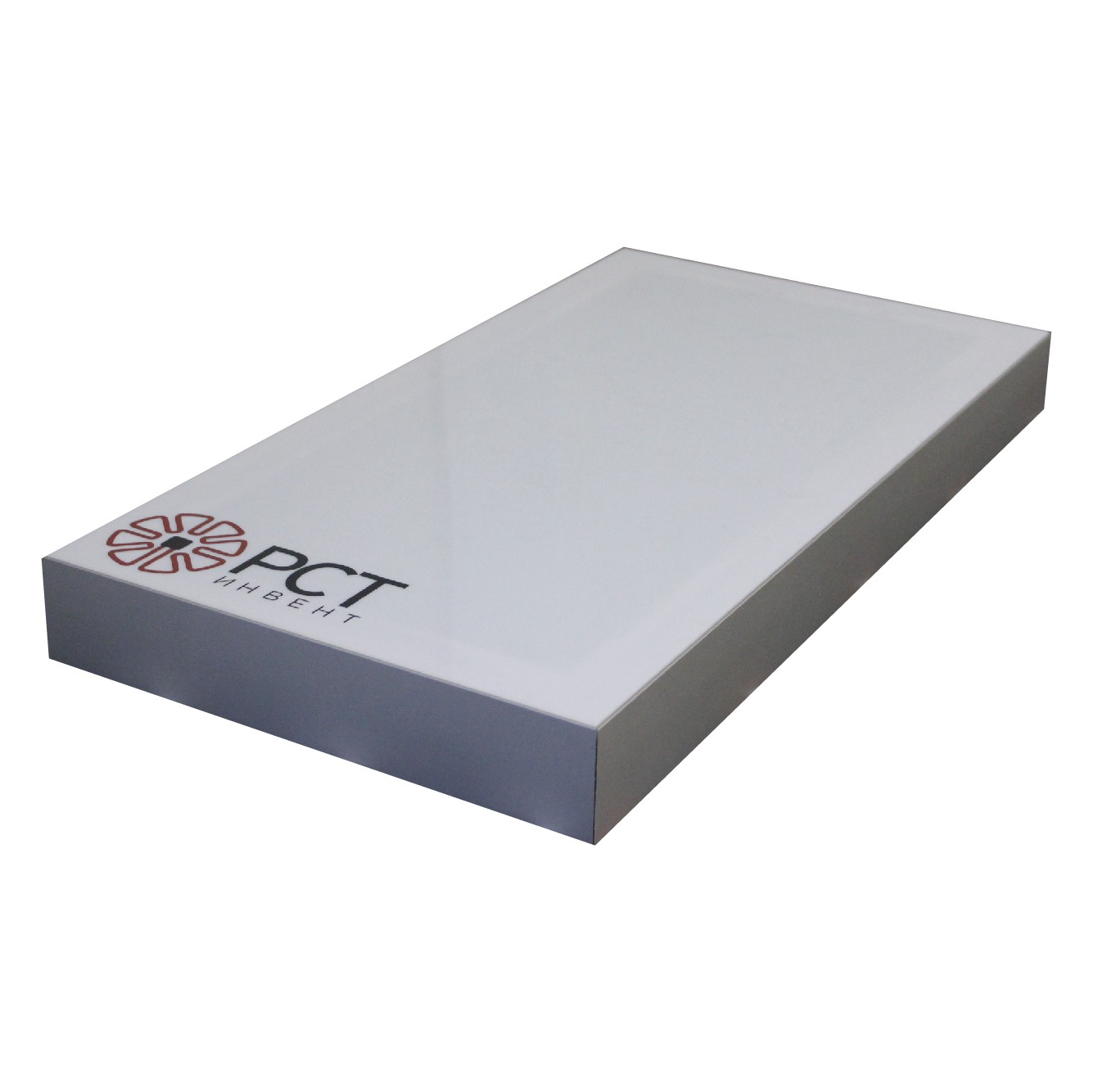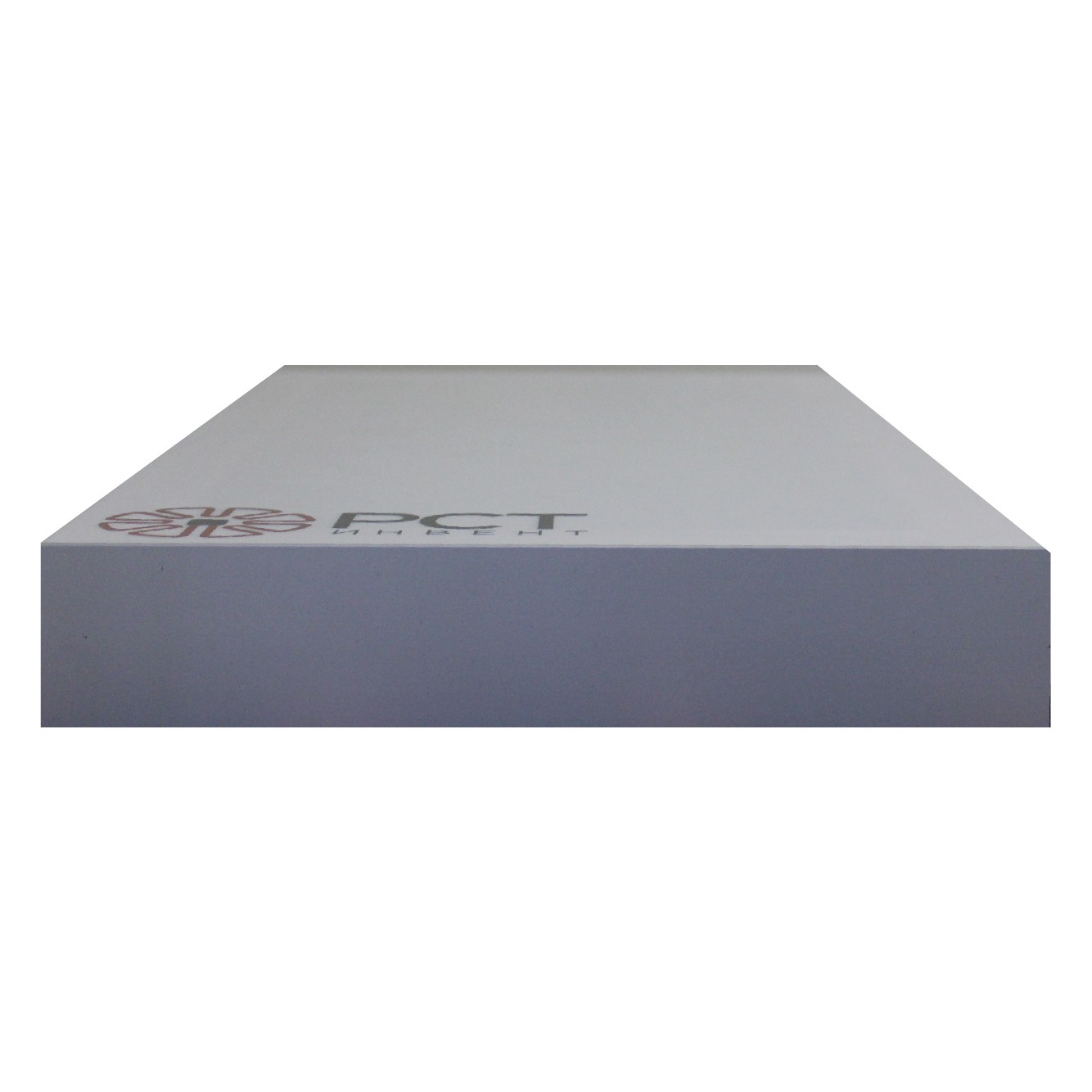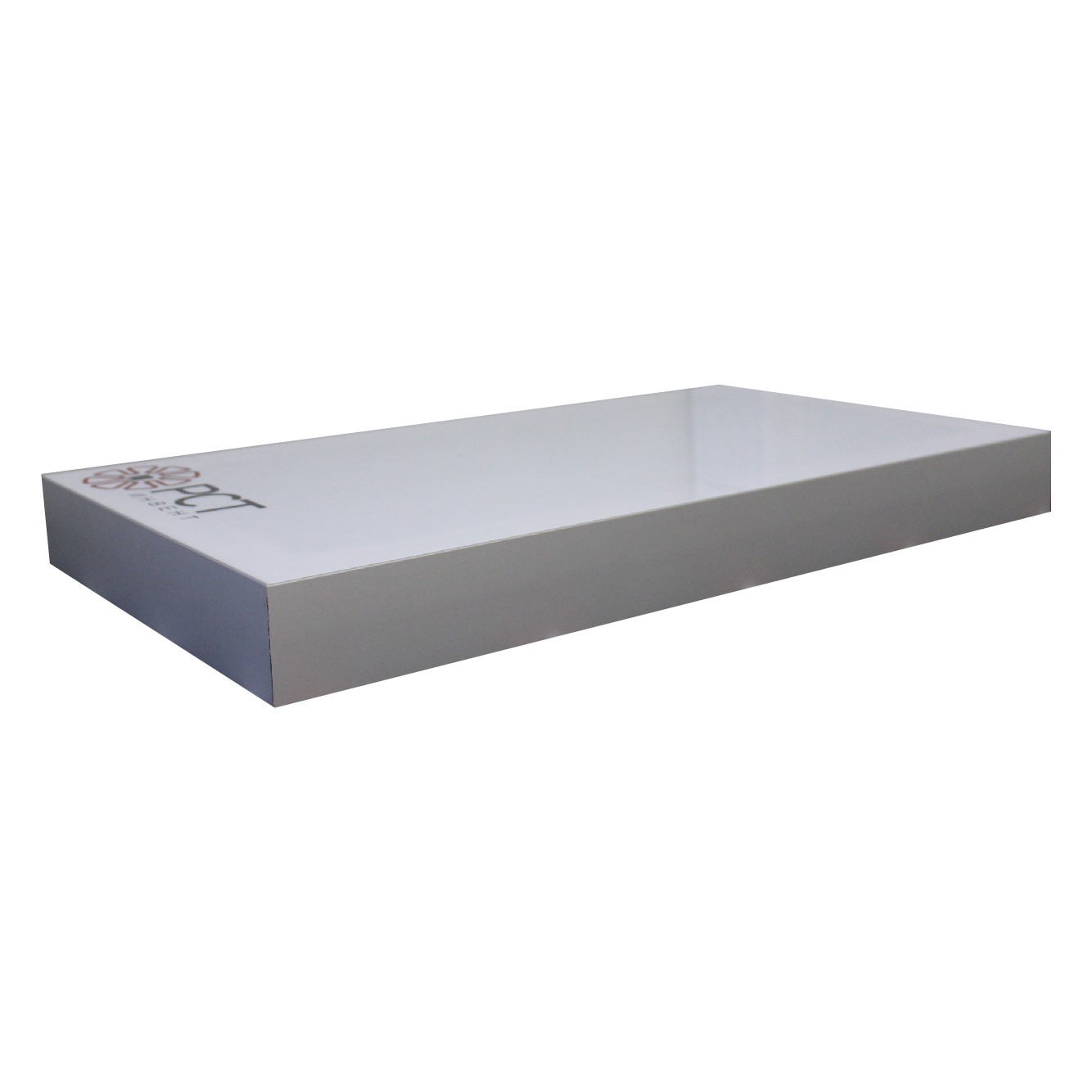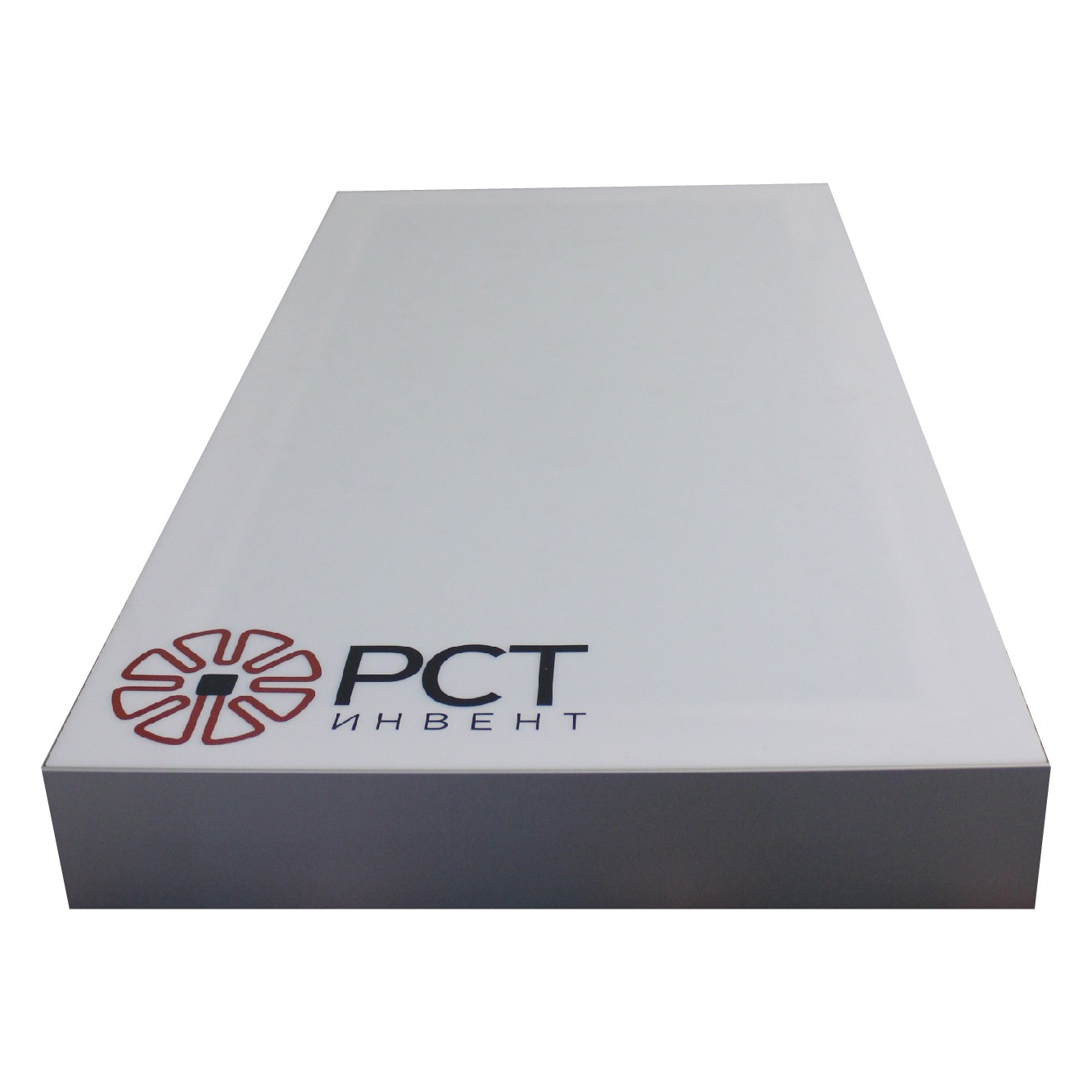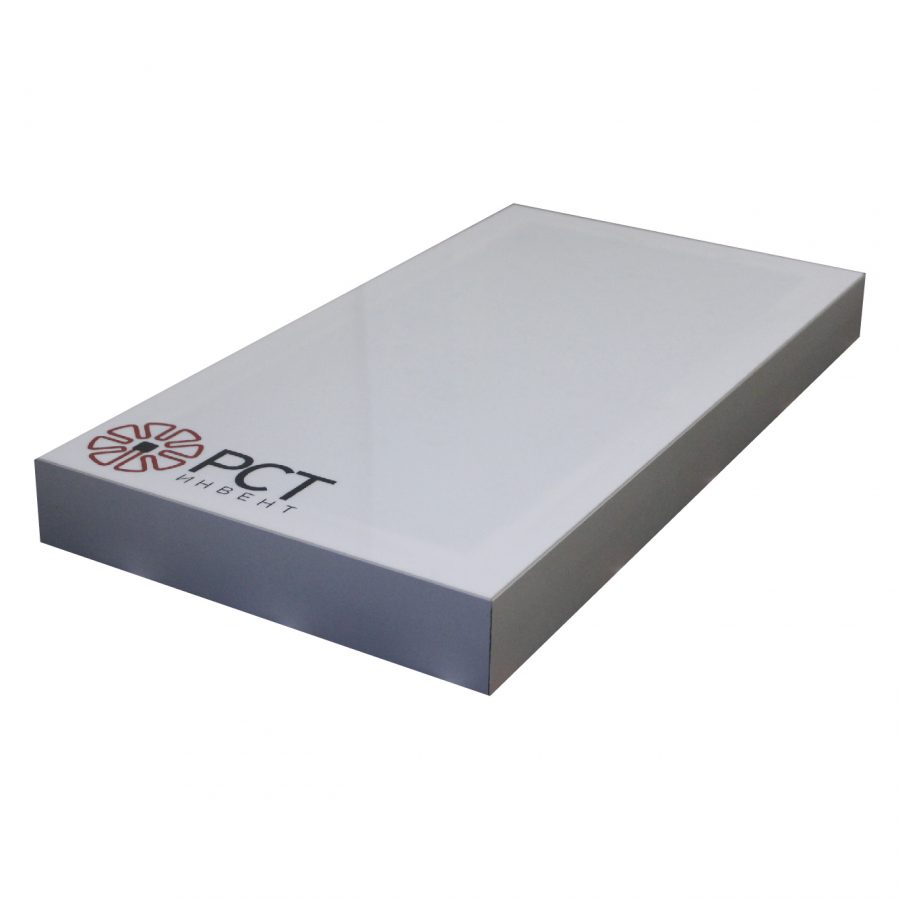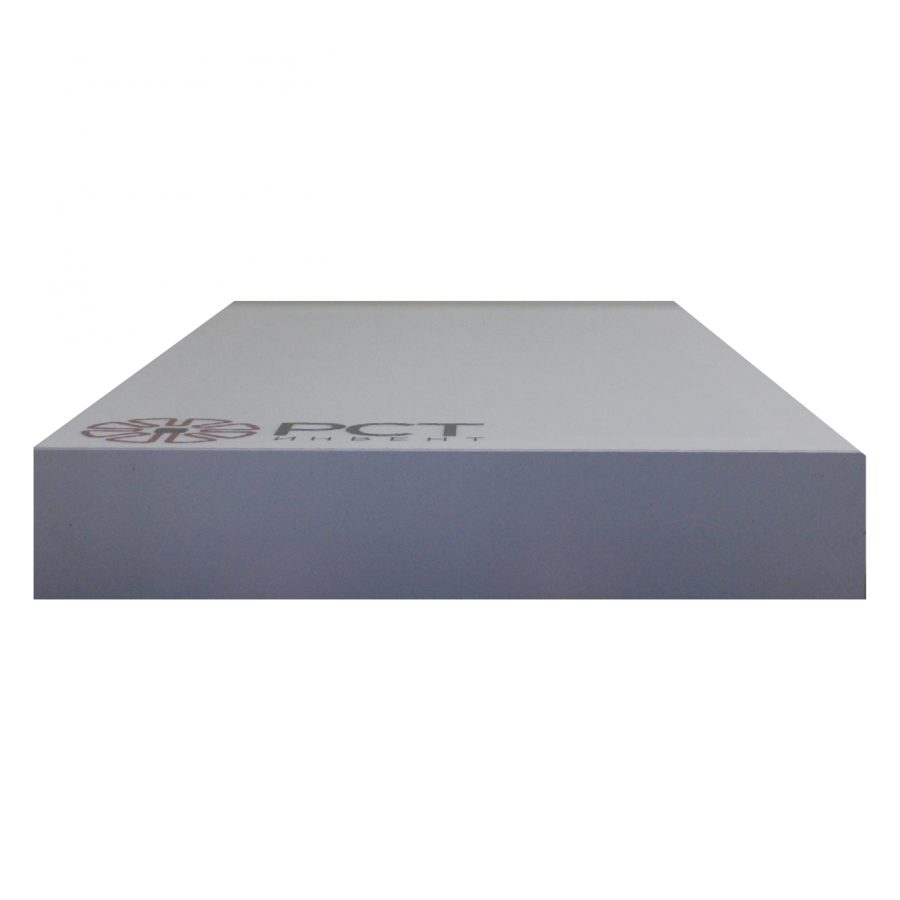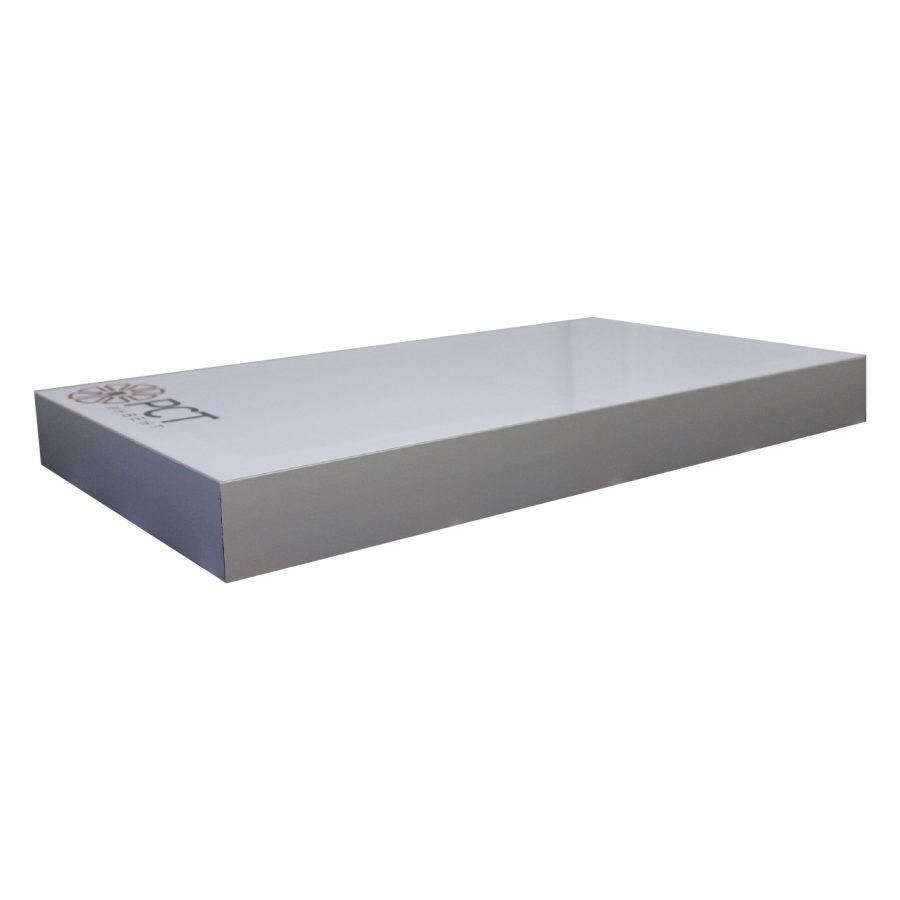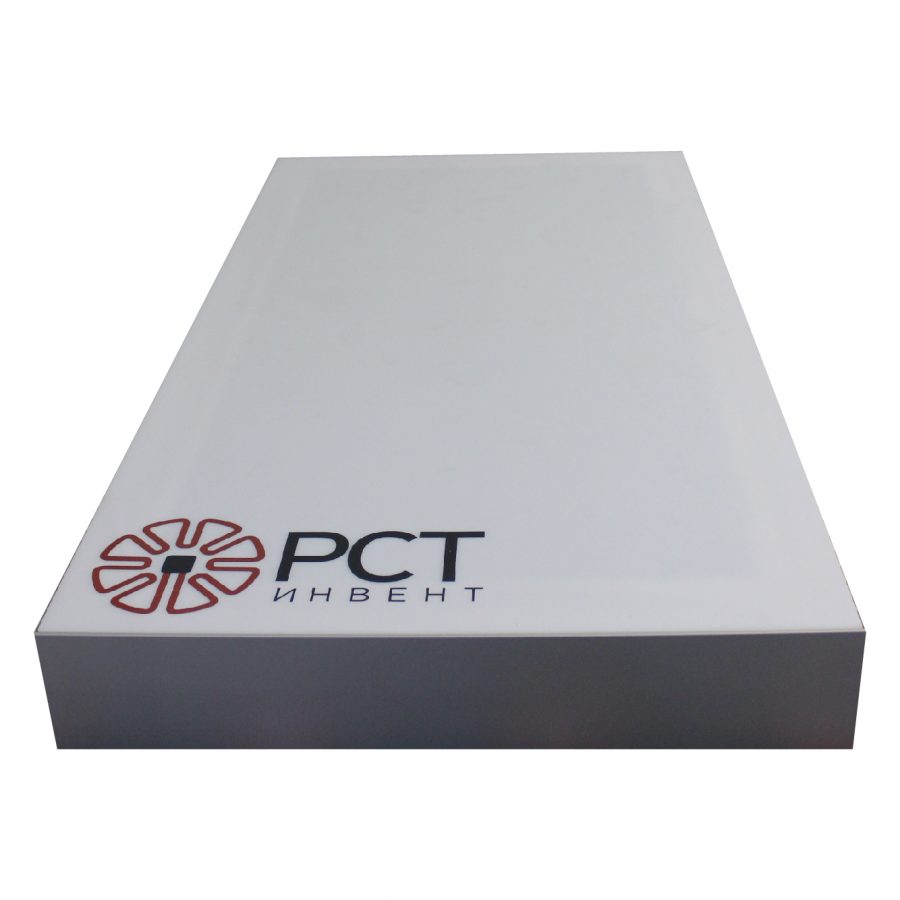RST-TEAM
The rst-TEAM-001 ceiling RFID reader is designed for organizing the registration zone for UHF RFID tags of the c1g2/ISO18000-6C standard under the reader located above the passageway or driveway.
Application area-public, office, warehouse and production premises of national economy enterprises and other special institutions that use RFID technology to control the movement of accounting objects.



